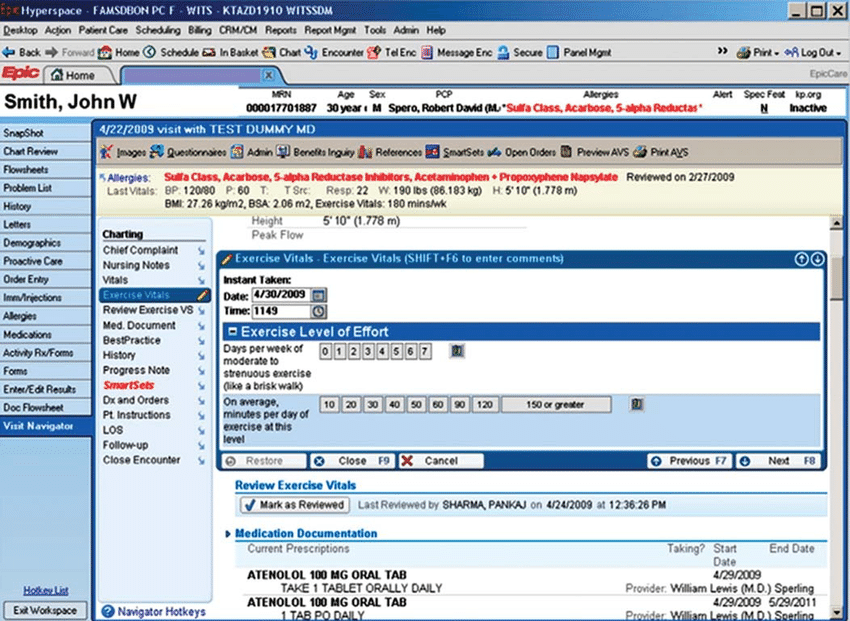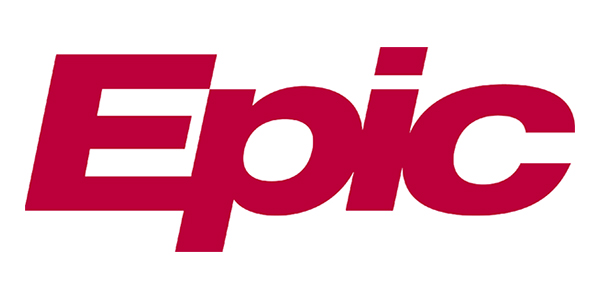

SmartPhrases that are used to create specific types of notes (eg: generic evaluation note, chief complaint-specific evaluation note, assumption of care note) can also be used to create Speed Buttons that allow you to create a new note that pre-populates with a specific SmartPhrase.įigure 3.

This can include the patient’s chief complaint, their name, age, sex, prior history, vital signs, results, diagnoses, and more (denoted using the symbols in Figure 2).įigure 2. SmartText allows data already populated elsewhere in Epic to be pulled into your note automatically. You can quickly jump between *** wildcards using F2 or using hotkeys included with many voice dictation solutions. SmartPhrases can also be configured to pull in SmartText and SmartLists, and can include additional syntax to help with note writing such as three asterisks (***) that prompt you to fill in a blank or to double-check that the default text does not need to be modified, or brackets around sections of text that allow them to be navigated using key commands included with dictation software. SmartPhrases can be created using the “SmartPhrase Manager” or by highlighting existing text within a note and right-clicking to convert to a SmartPhrase.ĪCEP has created some SmartPhrases that you may want to add to your SmartPhrase manager. SmartPhrases can be created by individual users, shared with or discovered by other users, or made more widely available by making them department-level or hospital-wide SmartPhrases (requires the help of your hospital’s IT department).

hpibackpain might include a sentence that states the patient does not have any “red flag” symptoms) or as long as an entire note template. These phrases may be as short as a single sentence (eg.
EPIC HEALTH UPDATE
Emergency physicians should continue to update their user settings over time.Įpic has a variety of tools that can make writing patient notes faster and easier:Īlso known as “dot phrases,” SmartPhrases allow commonly used chunks of text to easily be inserted into patient notes or discharge instructions by typing a period (the dot) followed by a short user generated phrase. User settings can reduce the amount of time spent on clicks, typing, scrolling, and more. People take the time to adjust settings on their smartphones, and the EHR should be no different.


 0 kommentar(er)
0 kommentar(er)
